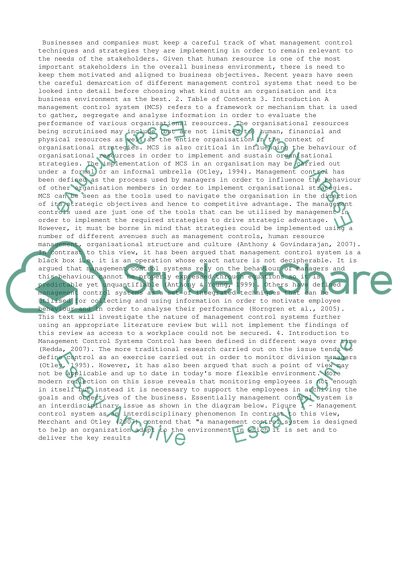Cite this document
(“Management Control System in Use Research Paper”, n.d.)
Retrieved from https://studentshare.org/business/1395834-management-control-system-in-use
Retrieved from https://studentshare.org/business/1395834-management-control-system-in-use
(Management Control System in Use Research Paper)
https://studentshare.org/business/1395834-management-control-system-in-use.
https://studentshare.org/business/1395834-management-control-system-in-use.
“Management Control System in Use Research Paper”, n.d. https://studentshare.org/business/1395834-management-control-system-in-use.


